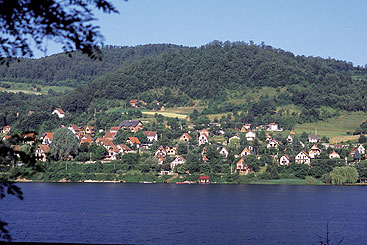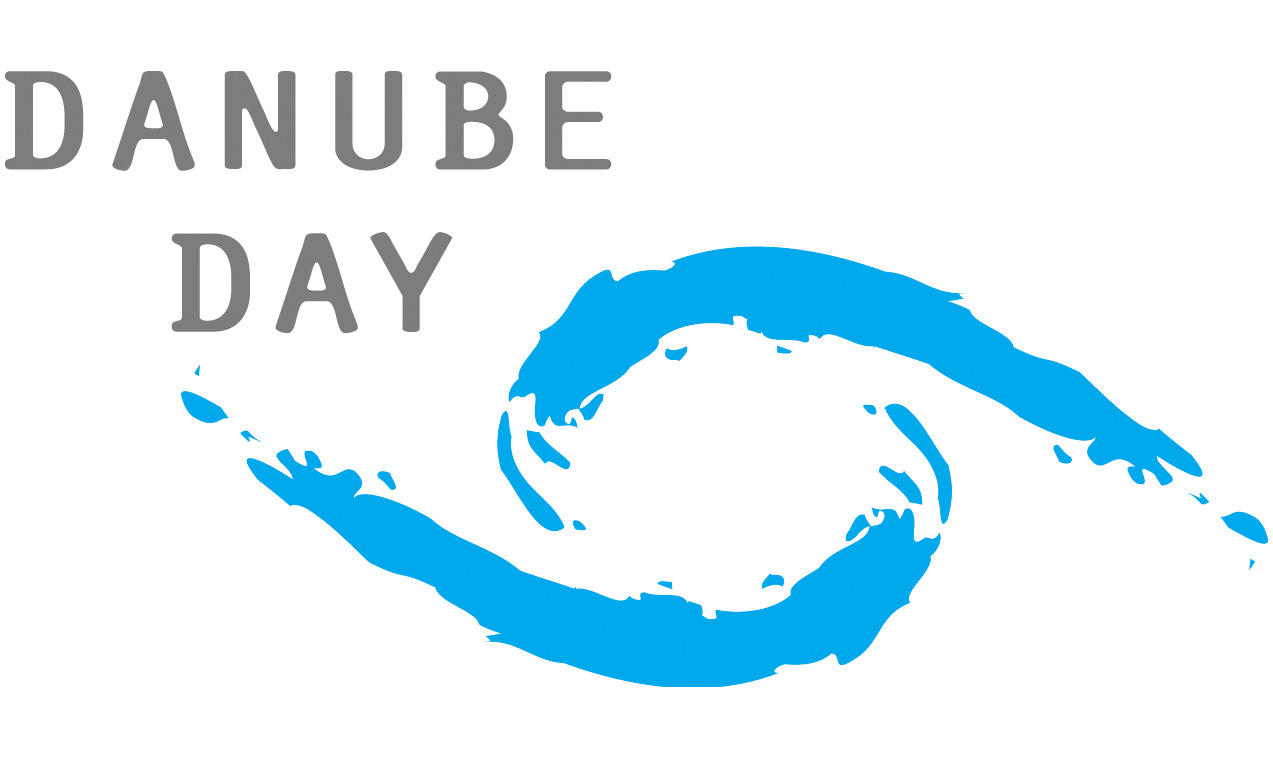Collaboration between cities and regions generates the new European Danube region

Collaboration between cities and regions
generates the new European Danube region
The Danube is a symbol for the future of international understanding and support in Europe. A new organisational structure is creating a development area of local and regional partnership from the Black Forest to the Black Sea

The ever-closer cooperation and partnership of our cities and regions along the Danube is producing joint projects in culture, science, education, ecology and business.
“The danube as sine qua non Europas.” The Hungarian writer Péter Esterházy’s statement is not only a historical truth, but also reflects the current political development: with Romania and Bulgaria, six Danube countries have joined the EU since 2007, and Croatia and Serbia also see their future in the European Community. This creates a new European axis from the Black Forest to the Black Sea, uniting many diverse peoples and cultures.
The history, present and future on the Danube is most immediately experienced in cities and regions. Think of Ulm with its rich history emerging along the Danube. Three hundred years ago, thousands of people – the Danube Swabians – headed down the river on the ‘Ulmer Schachtel’ to southern Hungary, to the Banat, to the Batschka, in the hope of finding a new home; and over the centuries they produced fertile landscapes and settled down to live. That is history. Many people today have a personal relationship to the regions and countries along the Danube because of their family background – whether they are Danube Swabians or have other migration backgrounds – and are now rediscovering their personal Danube history.
Linking the region. The Europe of the future is a Europe of cities and regions. Nothing embodies this principle of European constitutional politics better than the ever-closer cooperation and partnership of our cities and regions along the Danube. Joint projects in culture, science, education, ecology and business have been and are being developed. Partnerships and personal friendships are being established, and firm structures that connect our cities and regions are being created.
The next step is to give the growing local and regional cooperation along the Danube a solid organisational structure. Therefore, the Council of the Danube Cities at the Fourth European Conference of Danube Cities and Regions was founded on 11 June 2009 in Budapest. The Council will be a powerful voice at European institutions, and make a concrete contribution to establishing an integrated European Danube region.
A few days after, on 19 June this year, the European Council instructed the EU Commission to develop a ‘Danube Strategy’ by the end of 2010. This EU decision has spurred on an ambitious project: the creation of a common, politically, economically and culturally linked development area along the Danube, a European Danube region from the Black Forest to the Black Sea.
Shared support. Cooperation is the key, as renewed in the final declaration of the recent European Conference of Danube Cities and Regions in Budapest: “The basic principles of our common development are democracy, tolerance, humanism, respect for religious freedom and the unconditional will to refrain from any form of nationalism and to oppose extremism.”
Only through these values is a European identity possible. And where else can a European identity develop, if not along the Danube?






